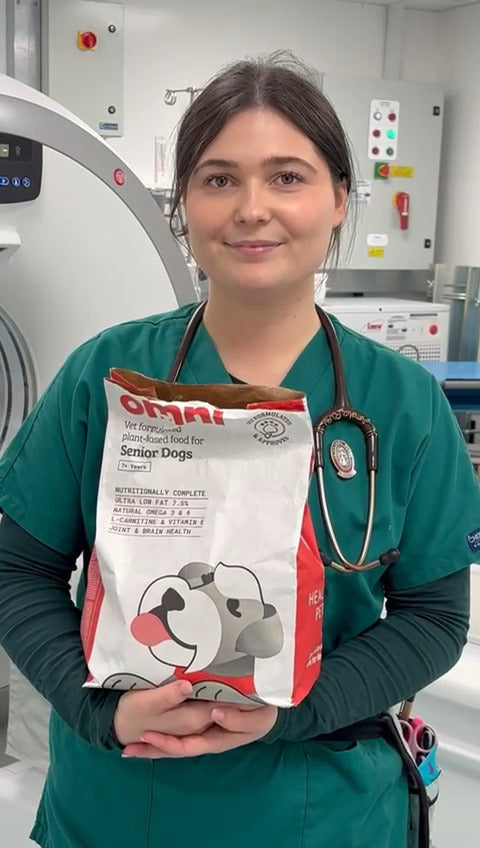How to Celebrate National Dog Day on the 26th of August

Put your paws in the air because National Dog Day is on the way! We’re very excited about this special day here at OMNI. You’ve probably already started planning your festivities for what is arguably the most important day of the year (you better have…or no cuddles for you 🐶). Here are some extra OMNI-approved ideas to get the party started…
Room for one more?
It wouldn’t be surprising if your heart was just bursting with love to give to a new dog around this time of year. If you’re looking to add another woof to your household, you might want to consider getting a rescue. You’d be giving them a second chance at a happy life, and gaining a new best friend in the process. Adopting also means you’re reducing the heavy burden that dog shelters are facing and bringing a new doggy into the family to keep you all company.
Give your time
Sadly, not every dog is lucky enough to have a loving family showering them with affection on National Dog Day. We’d adopt them all if we could, but in lieu of that, volunteering at a local shelter is a great way to support doggos in need. Aside from improving your own health and happiness, volunteering can make a huge difference in these dog’s lives. Even something as simple as taking them on weekly walks could help them avoid kennel stress. You’d get to be around loads of affectionate pups (which is already the dream), plus you’d be keeping them content until they find their forever home.
Donate to an animal welfare organisation
When you can’t donate your time, parting with a little cash never hurts. Welfare organisations like the RSPCA and Dogs Trust use your funds to tackle animal cruelty up and down the country. It’s especially important to help out where you can in the summer when animal cruelty rates are at their highest.
Throw a Puppy Pawty
Share the puppy love! Send out some invites to your doggo’s besties (we suppose their hoomans can come too…), and have a dog-centred get-together. You could set up some doggy games for them - no opposable thumbs might make pass the parcel tricky, but puzzle feeders or activity toys like KONGs make getting treats even more fun than usual. Finish it all off with delicious bowls of OMNI for all. What better way to celebrate your pups than by feeding them healthy dog food that tastes good?
Over to you
However you decide to spend National Dog Day, incorporating a healthy food for your dog is the perfect way to show your best bud just how loved they are. OMNI is a nutritionally complete plant-based dog food that your furry friends will love. Packed with protein and expert vet-formulated, our food has everything they need to keep their tails wagging.
Subscribing to OMNI means more than just great dog food delivered to you each month. You get a free, bespoke healthcare plan for your dog, and free video consultations with our expert vets too.
Celebrate your favourite canine every single day with OMNI. Let’s raise the woof!
Try OMNI now
References
- https://www.ccspca.com/blog-spca/benefits-animal-shelter-volunteer/
- https://www.bbc.co.uk/news/uk-england-somerset-62096688







 85 Great Portland Street, 1st Floor, London, W1W 7LT United Kingdom
85 Great Portland Street, 1st Floor, London, W1W 7LT United Kingdom





